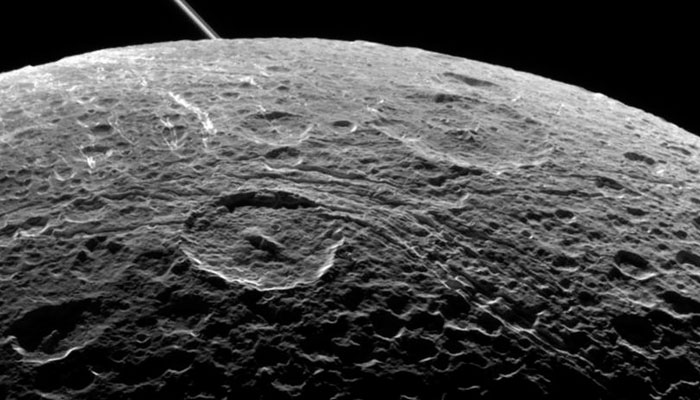-
Tips for becoming a good boxer - November 6, 2020
-
7 expert tips for making your hens night a memorable one - November 6, 2020
-
5 reasons to host your Christmas party on a cruise boat - November 6, 2020
-
What to do when you’re charged with a crime - November 6, 2020
-
Should you get one or multiple dogs? Here’s all you need to know - November 3, 2020
-
A Guide: How to Build Your Very Own Magic Mirror - February 14, 2019
-
Our Top Inspirational Baseball Stars - November 24, 2018
-
Five Tech Tools That Will Help You Turn Your Blog into a Business - November 24, 2018
-
How to Indulge on Vacation without Expanding Your Waist - November 9, 2018
-
5 Strategies for Businesses to Appeal to Today’s Increasingly Mobile-Crazed Customers - November 9, 2018
NASA Cassini Spacecraft Makes Close Flyby of Saturn’s Moon, Dione, Today
Cassini’s cameras and spectrometers will offer NASA scientists a high-resolution look at Dione’s north pole from this flyby. Here, the giant impact basin Odysseus on Saturn’s moon Tethys stands out brightly from the rest of the illuminated icy crescent.
Advertisement
The picture, obtained from a distance of about 68,000 miles (approximately 110,000 kilometers) reveals a network of chasms crisscrossing the orb’s surface.
Researchers are also expecting to decode much more about the internal structure of the moon using Gravity science data after the flyby and then compare that with the other moons of Saturn numbering 62 though this craft could explore only a handful of them. This will be the fifth Dione flyby for the spacecraft during its time orbiting Saturn. Meanwhile, Cassini’s Cosmic Dust Analyzer continues its search for dust particles emitted from Dione.
In 2011, the spacecraft performed an even closer flyby of the moon, dropping with 60 miles of its surface.
According to US space agency NASA, Cassini’s closest approach, coming within 295 miles of the moon’s surface, came at 2:33 p.m. EDT earlier Monday afternoon. In addition, Cassini’s Composite Infrared Spectrometer instrument will map areas on the icy moon that have unusual thermal anomalies – those regions are especially good at trapping heat. Scientists are hoping the data gathered will tell them if the icy moon is geologically alive and active, similar to Enceladus, another of Saturn’s satellites.
Those previous close Cassini flybys yielded high-resolution views of the “wispy” terrain on Dione first seen in 1980 during the Voyager mission.
“Dione has been an enigma, giving hints of active geologic processes, including a transient atmosphere and evidence of ice volcanoes”, Bonnie Buratti, a Cassini science team member at NASA’s Jet Propulsion Laboratory in Pasadena, Calif., said in a press release. With the mission winding down, the probe has one last chance to explore a world that could be more fascinating than its surface would suggest before slamming into Saturn. But we’ve never found the smoking gun.
The Cassini spacecraft has been in orbit around Saturn since 2004, 900 million miles away from Earth.
Advertisement
For its grand finale, the spacecraft will repeatedly dive through the space between Saturn and its rings.




























